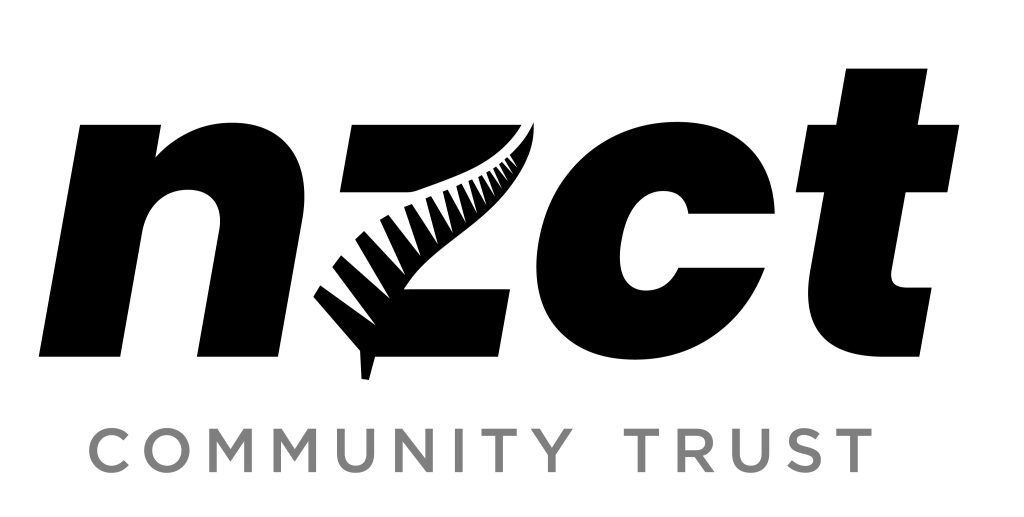Senior Judo Training Times:
Tuesday – 6:30 pm to 8:30 pm
Thursday – 6:30 pm to 8:30 pm
Saturday – 1:30 pm to 4:00pm (Newaza Focus)
Sunday – 4:30 pm to 6:30 pm (Graded members only)
Sunday – 7:00 pm to 8:00 pm (Beginners’ Class)
How do I get a Judogi uniform?
Joining the Seniors
What does it cost?
What is dojo etiquette?
Coaches
Cameron Clarke
Kelvin Bradford
Benoit Cadet
Patrick Lam
Hugo Dewar
Matthew MacDiarmid
Will Rivett
Malcolm Wilson
Wellington Judo
Judo, which when translates into English as the ‘gentle way’, is an Olympic sport best known for its spectacular throwing techniques. It also involves considerable ground fighting, using specialized pins, control holds, arm locks, and choking techniques. The twin emphases in Judo are safety and full physical activity for top conditioning. By training regularly, you will improve your general fitness, flexibility, strength, coordination, reaction time, and above all, your self-confidence.
Judo was developed in 1882 and quickly proved its effectiveness against other martial arts systems. Its spread throughout the world started in Great Britain, France and Russia where it took on distinctly regional ‘flavours’. Judo continues to be an influence on martial arts throughout the world. The white pyjama suit and coloured belt system were both innovations developed by judo’s pioneers which have been adopted by countless other martial arts. Judo techniques and principles have been borrowed by or have formed the basis of other martial arts systems.
The flexible or efficient use of balance, leverage and movement in the performance of throws and other skills are key elements of Judo training. Skill, technique and timing, rather than the use of brute strength, are the essential ingredients for success in Judo. For example, in Judo classes you may learn how to give way, rather than use force, to overcome a stronger opponent.
Judo Throwing Techniques (Nagewaza)
The first thing we teach in judo is the skill of break-falling. This allows the judo practitioner to land without taking injury. Good break-falling is a key skill for safety in judo and can be used outside of training as a self protection against falls. By practicing these frequently judo practitioners can concentrate on long term enjoyment of judo without fear of being thrown.
Throwing techniques in judo involve breaking your opponent’s balance before using leverage, balance and timing to bring your opponent down. There are a wide variety of throws which allows the judo practitioner to respond to an opponent with a throw that suits their relative size, strength and movement. As people progress, they are able to learn which throws they like and suit their body type. This means that in the long run you can tailor your judo to suit you.
Judo Grappling Techniques (Katamewaza)
Grappling is popular. Lots of martial arts tout it as the ultimate form of combat in a 1-1 situation. Judo uses a lot of grappling too. The difference between judo and other styles is judo was doing it before it became popular. Most grappling styles today incoporate to a greater or lesser extent techniques that were developed in Japanese Judo schools in the years leading up to World War 2.
Judo grappling skills enable you to control and subdue an opponent on the ground regardless of size or strength. We utilise holds, armlocks and strangles as our finishing moves along with techniques to control the opponent’s movement. As with throws, people develop their preferences for specific techniques and tactics, allowing their judo to become part of them.
Physical Fitness
Judo is great for developing a high level of physical fitness. The wide range of skills taught allows the practitioner to develop all areas of the body and helps to develop cardiovascular fitness, core strength, flexibility, strength and co-ordination.
Judo Competition (Shiai)
Judo is a huge sport worldwide. An exciting and challenging contact sport, it allows those who want to try their hand at it to test themselves in an environment outside of the dojo and learn something about themselves. We encourage people to have a try at competition without being wholly fixated on it. For some it is a major attraction for doing judo, for others it plays less of a role.
Values
The principles of Judo, such as ‘Maximum Efficiency’ and ‘Mutual Welfare and Benefit’, can also be used in our dealings with others in life. The ultimate goal in Judo is to develop oneself to the maximum extent possible, always striving for perfection, so that you can contribute something of value to the world.
Masters Judo
We provide a space for older adults to start or participate in judo at a pace that works for their body condition without any pressure to take knocks and falls one might not feel ready for or up to.
This may encourage many who otherwise may not feel confident enough to foot it with the younger seniors to participate. It may also appeal to parents who have been watching their children and become interested in giving it a try or any senior Judoka currently nursing an injury. What ever the reason, We’re happy to provide a space to participate to the extent to which you feel able.
Beginners are welcome all year round, and your first four sessions are free. As the sessions are hands-on, it’s best to wear something loose and comfortable like a t-shirt and tracksuit bottoms. A belt and gi jacket can be borrowed from the changing room.
Judo is a great choice of martial-art. Its flexibility allows it to become part of who and what you are. Its lessons are applicable both inside and outside training. It’s challenges can keep you stimulated for a lifetime. Its worldwide popularity gives you friends around the globe.
The Academy has been teaching Judo to generations of Wellingtonians.
Come and see why they keep coming back.



